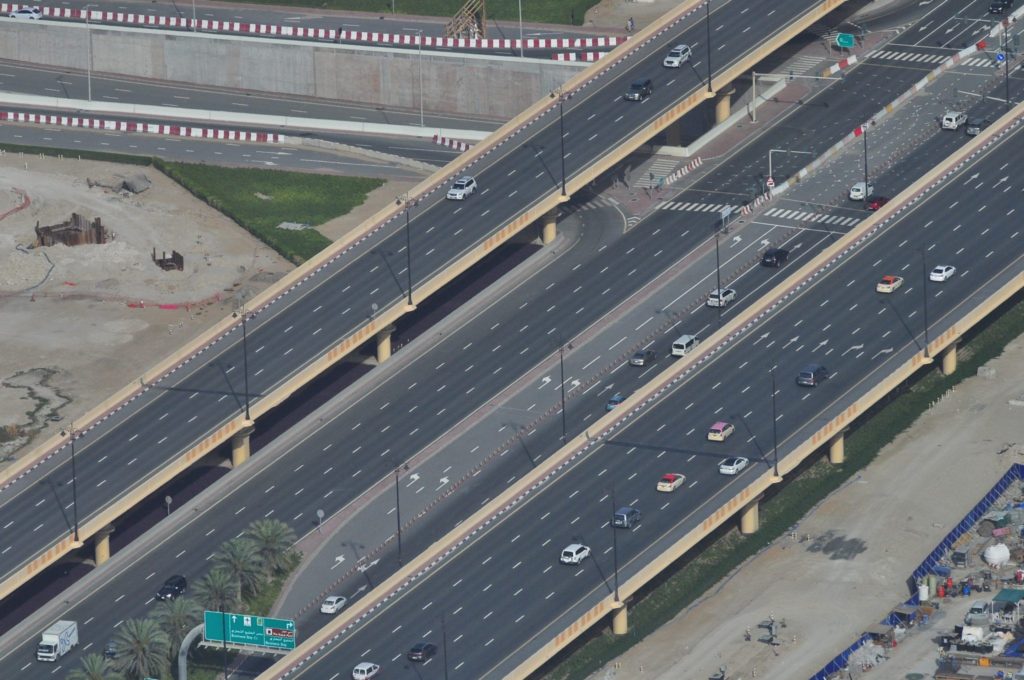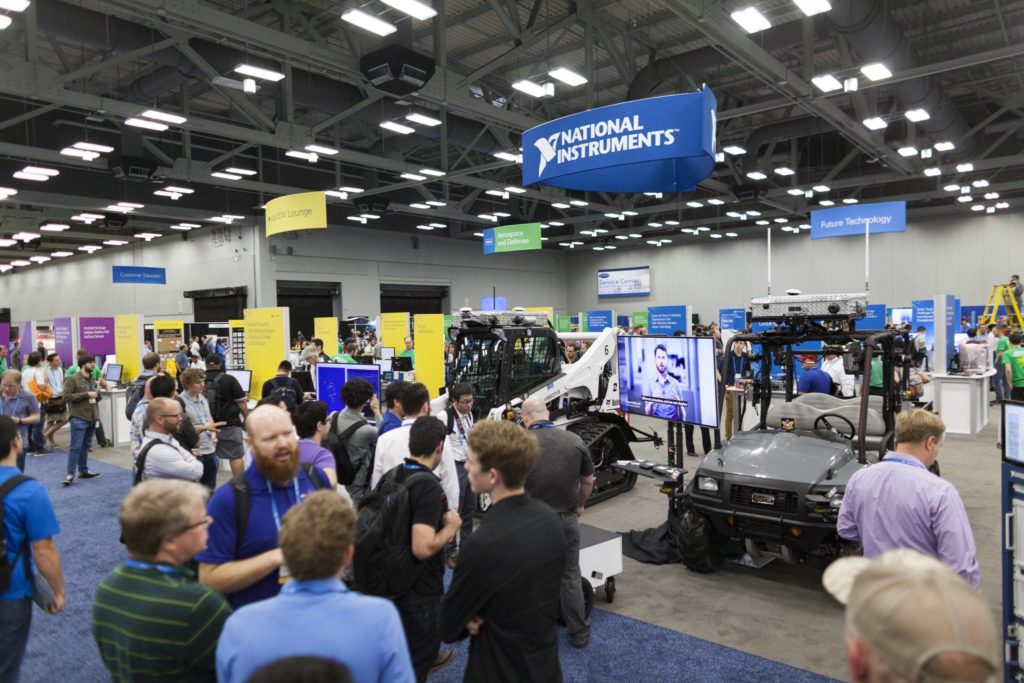Article
Autonomous Vehicles – What Should You Expect?

Thanks to modern computing systems, autonomous vehicles have transitioned from the drawing board to the road very quickly.
Aside from being immensely convenient and much safer than cars today, self-driving vehicles will affect the way we view transportation, get our work done, reach consumers, transport goods, spend money, and structure cities.
As car ownership gives way to the rise of automated driving and taxi services, individuals will have more disposable income, free time, and employment opportunities. Businesses will be able to bring their services to the doorstep of their customers faster than ever before, be less reliant on physical storefronts, and improve working conditions by providing automated transportation to employees.
In order to understand and prepare for the impact autonomous vehicles will have on our lives, it’s important to understand this evolving industry and where it’s headed.
The Current State of the Industry
The self-driving car industry has gained a lot of momentum over the past few years—made possible by the power of modern computing systems and extremely dedicated engineers. The various companies pushing this tech are each taking their own unique approach. Some manufacturers are working on consumer-level automated vehicles, while others are considering autonomous taxi services. Some don’t work on the vehicles themselves; instead, they develop the underlying software and systems for the industry.
Because autonomous driving relies on computers instead of human interaction, there is less room for human error. Distractions from cell phones, emotions, and other influencers like alcohol wouldn’t be at play in self-driving cars.
Computer Intelligence Will Only Increase
Cars have essentially evolved into large rolling computers over the last decade. They’re only getting faster and smarter, so the progression to autonomous driving is an expected evolution.
In 2015, there were approximately 6.3 million fatalities, injuries, and property damage crashes in the U.S. alone. This is 3% of all operating drivers per year, and it represents a huge opportunity for increased safety. However, not all accidents will be eliminated with autonomous cars, and we should not pretend to think so. Accidents will happen and they will combine with the fear of this new change. However, we should expect autonomous cars to decrease that percentage.
In addition to safety, autonomous driving could also reduce the need for individual car ownership, decrease heavy traffic, and lower labor costs by using more energy-efficient means of travel. While we mostly hear about breakout companies like Tesla pushing autonomous driving forward, established names in the automobile industry like Toyota and Ford are already developing their own self-driving vehicles.
Key Statistics and Projections
- An estimated 21 million vehicles with autonomous capabilities will be sold by 2035.
- Research from Intel and Strategy Analytics suggests that the industry will generate $7 trillion worth of economic activity by 2050.
- $80 billion has already been invested in the self-driving car industry over the past three years by companies like Ford, Mercedes, Apple, Intel, and Delphi Automotive, as well as venture capitalists.
- 55% of consumers today would trust an autonomous vehicle to drive them if it was proven to be safer than a human driver.
- An estimated half a million lives could be saved with the use of autonomous vehicles between 2035 and 2045.
- Reductions in public safety cost due to fewer traffic accidents could result in savings of over $234 billion between 2035 and 2045.
- By streamlining the driving experience and removing human error, self-driving cars could save commuters in congested cities more than 250 million hours of travel time.
- In 2017, self-driving cars accumulated more than 500 thousand miles of distance.
- Uber is aiming to replace its current driving force completely with self-driving cars by 2030.
- Several big-name automobile manufacturers, like Nissan, Toyota, and Tesla expect to have fully driverless models available as soon as 2020.
- IEEE predicts that as many as 75% of vehicles will be self-driving by 2040.
Self-Driving Cars Will Make Personal Transportation More Accessible and Easier
Accessible transportation is one of the keystones of modern society. Roadways define our city structures. Delivery trucks bring goods from around the world to our doorstep. Public transportation enables people to work and live wherever they like.
With autonomous vehicles, we will see the biggest change to transportation since the invention of the car. Being able to own, operate, and maintain a vehicle will no longer be necessary for the average person.
Driving currently requires your full attention. When you get behind the wheel, everything else going on in your life is put on hold until you stop driving. Moving from one place to another puts the figurative brakes on your day. And your vehicle’s ability to do its job is dependent on you. If you’re distracted, sleepy, eating, or need a break, then your mobility and safety are compromised.
Since autonomous vehicles remove the human factor from the equation, we will be able to go farther and achieve significantly more while doing less. Imagine what’s possible when a significant portion of the world’s attention is freed from the road.
How These Changes Will Affect Consumers
As car dealerships transition into ride-sharing services, owning a car will become less of a necessity for most people. Similar to the way dockless electric scooters have sparked a “grab-and-go” form of transportation, autonomous vehicles will give individuals an easier way to travel without the expense and hassle of maintaining a car. People will have more disposable income from not paying auto insurance, registration fees, loans or repairs.
Instead, vehicles will be able to shuttle passengers to their destinations while they sleep, work, or relax. Roadways will be much safer. Not only do autonomous vehicles make fewer errors than people, but they won’t text and drive, drink alcohol or make other reckless decisions that lead to accidents and put others’ lives in danger.
Recap
The research and projections for the autonomous driving industry discussed in this post point to a huge amount of activity in the coming years. As the technology gets better, consumers can expect less-frustrating transportation experiences and businesses can expect explosive growth.






